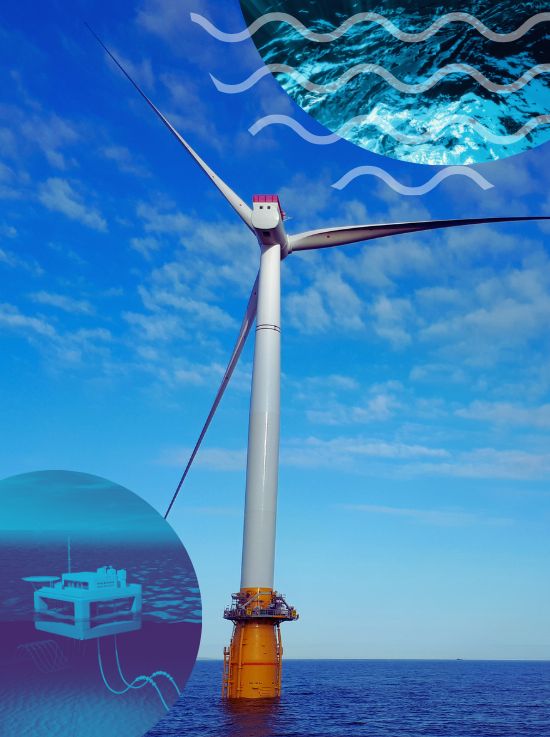Driving the critical link in floating wind power
The largely untapped deep-water areas open up new opportunities for floating wind farms. A key link to the future of floating wind is the vital cables required to transport energy to shore. Nexans is driving innovative cable technologies and design methodologies to further the development of commercial floating wind farms.
- A long track record in dynamic hybrid cables is led by the Group’s experience in materials, modeling, and software development. Dynamic power umbilicals & DEH systems experience, combined with its HV subsea cable expertise, this gives a unique combination of design and manufacturing know-how, allowing to simulate, test, qualify, and manufacture HV dynamic cables.
- In 2021, Nexans made a major breakthrough by qualifying the first 145 kV dynamic cable for 1300-meter water depth. Selected for the Jansz-lo project, this innovative cable is leading the way for floating offshore wind projects.








